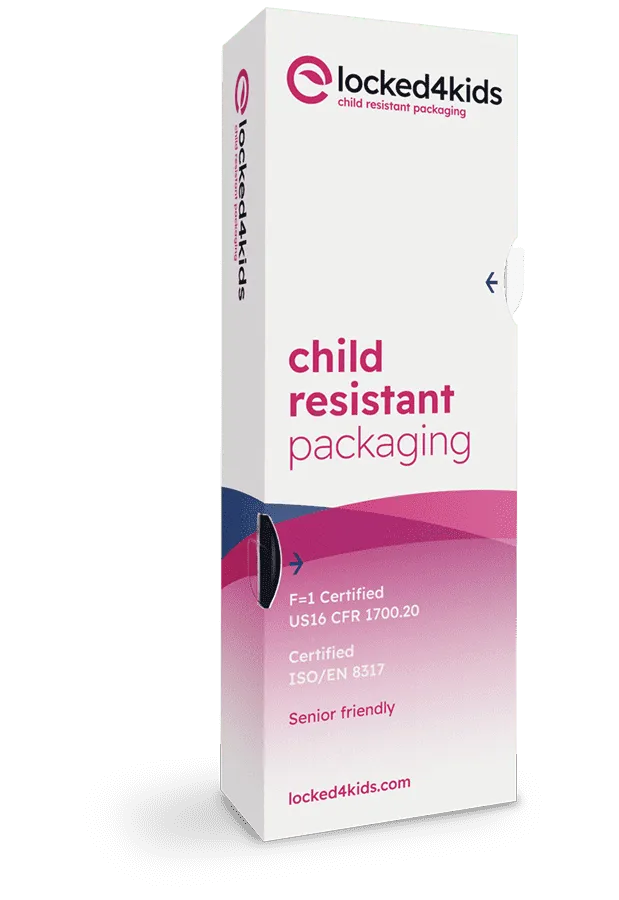In food packaging, plastic is still supreme, offering a variety of types each with its unique properties and uses. Whether you’re tearing open a fresh bag of potato chips, grabbing a quick lunch in a microwaveable container, or pouring milk into your morning coffee, plastic plays a pivotal role in preserving freshness, ensuring safety and keeping food accessible. Let’s dive into the 7 most common types of plastic packaging, their properties and how they keep your favorite foods fresh and protected.
1. Polyethylene Terephthalate (PET or PETE)
Imagine reaching for a cold bottle of your favorite soda on a hot day or spooning out the last bit of peanut butter from a clear, durable jar. Chances are, you’re interacting with PET plastic—one of the most common and widely used food packaging materials.
PET is lightweight, crystal clear and incredibly strong, making it perfect for packaging products that require visibility and durability. It’s also thermo-stable and recyclable, which is why it’s a go-to for beverage bottles, fruit juice containers, salad dressing bottles and cooking oil jars.
PET has one of the highest recycling rates among plastics. However, only about 28.6% of PET products are actually recycled in the U.S., leaving room for improvement in collection and processing systems.
2. High-Density Polyethylene (HDPE)
Known for its durability, strength and moisture resistance, HDPE creates a strong barrier against external conditions, keeping food fresh and safe. It’s used for items like milk jugs, yogurt containers, and cereal box liners. Its resilience also lends itself well to reusable and recyclable packaging solutions. It is often reused for making new containers, plastic lumbers and pipes.
3. Polyvinyl Chloride (PVC or Vinyl)
PVC is a versatile type of plastic packing used in food wrap, bottles and blister packaging. Its flexibility and clingy-nature make it perfect for sealing in freshness and protecting food from spoilage. Despite its versatility, PVC’s popularity is declining due to health and environmental concerns. It can release harmful chemicals during production and is challenging to recycle.
4. Low-Density Polyethylene (LDPE)
LDPE is a flexible plastic used in bags, wraps and films. It is less rigid than HDPE, providing a malleable material that is perfect for squeezing out that last bit of honey or mustard. In the retail space, its application extends to bread bags and frozen food packaging, where its flexibility at low temperatures is especially beneficial.
While LDPE can be recycled, it’s less frequently accepted in curbside programs. Innovative recycling systems are required to make it more sustainable.
5. Polypropylene (PP)
Think about reheating a lasagna in its plastic tray or opening a bag of chips during movie night. PP ensures the packaging withstands heat and keeps your snacks fresh. It’s heat-resistant, durable and lightweight, making it ideal for food that’s filled at high temperatures or needs to be reheated.
6. Polystyrene (PS)
PS, often known in its foam form as Styrofoam, is used for its insulating properties in cups, plates, and take-out food containers. Despite its convenience, PS is one of the least sustainable plastics. It’s difficult to recycle and takes hundreds of years to degrade, raising significant environmental concerns.
7. Bioplastics and plant-based alternatives
In response to environmental concerns, the food packaging industry is exploring bioplastics—made from renewable resources like corn starch, sugarcane and potato. These materials offer a more sustainable alternative, reducing reliance on fossil fuels and improving the carbon footprint of packaging. Explore 10 (uncommon) biodegradable materials here.
The role of recyclable and sustainable packaging
The push towards sustainability is shaping the future of different types of plastic packaging. Ecobliss Retail is at the forefront, exploring recyclable materials and innovative designs that minimize environmental impact without compromising on quality or functionality. Our commitment to sustainable packaging solutions reflects our dedication to the environment and to the needs of conscious consumers.
Continues improvement of plastic packaging types
Plastic packaging types in the food industry are diverse, with each serving specific functions, from preserving freshness to ensuring product safety during transport. As the industry moves forward, the focus on sustainability and recyclability will continue to grow. We remain committed to offering packaging solutions that meet these changing demands, ensuring that our clients can confidently choose packaging that aligns with their values and their customers’expectations.
FAQ about plastic packaging
1. Which plastic is safest for food?
The safest plastics for food are those labeled as food-grade plastics and approved by regulatory agencies like the FDA or EFSA. These include:
1. PET (Polyethylene Terephthalate)
2. HDPE(High-Density Polyethylene)
3. PP (Polypropylene)
2. How can I identify recyclable plastics?
To identify recyclable plastics, look for the resin identification code (RIC) printed on the product, typically inside a triangular recycling symbol. Here's what the numbers mean:
· #1(PET): Widely recyclable. Found in beverage bottles, salad dressing containers, and jars.
· #2(HDPE): Also widely recyclable. Used in milk jugs, detergent bottles, and cereal liners.
· #5(PP): Increasingly accepted in recycling programs. Found in yogurt tubs, takeout containers, and chip bags.
· #3(PVC), #6 (PS), and #7 (Other): These are difficult to recycle and are often not accepted in curbside programs. PS and PVC, in particular, have significant environmental challenges.
3. Can I reuse plastic food containers safely?
It depends on the type of plastic:
· Safe to reuse: HDPE (#2), PP (#5), and food-grade PET (#1) are generally safe for reuse if cleaned properly.
· Avoid reuse: Avoid reusing plastics like PVC (#3) and PS (#6), as they can leach chemicals into your food over time.
Request a free sample now!




.webp)






